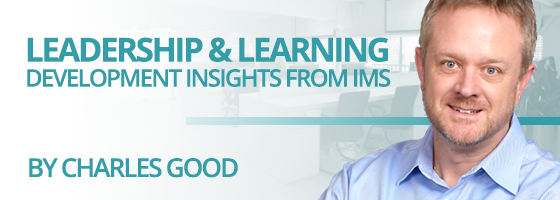With the world of business ever-changing and technology advancing rapidly, it’s essential to stay ahead of the curve and be able to predict where things are headed. If you can be successful at forecasting the future where you identify new trends and adjust quickly when needed, then you will have a decided advantage.
HARBINGERS OF FAILURE
A growing amount of research highlights the vital role of customer feedback in the new product development process. A fundamental principle of this customer-focused approach is that positive feedback holds immense value since consumer enthusiasm toward a product increases the demand for the product. However, recent research has identified individuals who routinely pick products that flop. Companies who are forecasting could use these individuals that are commonly called ‘harbingers of failure’.
A team of researchers at Northwestern and MIT analyzed transaction data of customers at a large national retail chain. From this study, they found that nearly a quarter of customers consistently buy products that end up flopping within three years, such as the following:
- Crystal Pepsi
- Watermelon Oreos
- Frito-Lay Lemonade
Usually, companies predict the success of their products by analyzing the initial sales window. A high number of sales is considered an indication of future success. However, specific customers who repeatedly buy a product can disrupt this model, especially if they are attracted to products that are likely to flop.
DEFINING YOUR CONE OF UNCERTAINTY
As a decision-maker, you must trust your intuition and judgment, especially in an uncertain world. However, effective forecasting can provide valuable context that can enhance your intuition. It can expand your knowledge by revealing missed opportunities and uncovering assumptions about desired results that were not examined.
The cone of uncertainty delineates possibilities that extend from a particular moment or event. The forecaster’s job is to define the cone in a manner that helps the decision-maker exercise strategic judgment. Many factors go into delineating the cone of uncertainty, but the most important is defining its breadth, a measure of overall uncertainty.
FUTURE INDICATORS HIDING IN PLAIN SIGHT
IMS educator, Bob Treadway, has several useful indicators that are designed to provide you with insight of future trends. Some of the more common, albeit unusual ones that can help forecast the future are the following:
- The Waffle House Index – this metric, named after the Waffle House, a Southern US restaurant chain known for its 24/7 service, helps determine the severity of a storm and the level of assistance needed for disaster recovery. The index has three levels:
- GREEN: full menu – The restaurant has power, and minimal damage or absence.
- YELLOW: limited menu – Power is either absent or delivered by a generator, or food supplies are running low.
- RED: the restaurant is closed – Indicates severe damage or severe flooding; Severe destruction to the restaurant.
- Men’s underwear sales – If sales of men’s underwear start to decrease, it may be a sign that consumers are becoming hesitant to spend money, suggesting an economic downturn soon.
- Guns-to-Caviar Index – this index tracks how much money the world spends on fighter jets (guns) versus how much money the world spends on private business jets (caviar). It measures the relative anxiety levels among large governments and elation among the global economic elite.
To keep up with the constantly evolving business world, it’s crucial to stay informed and anticipate what’s coming next. Pay attention to warning signs when deciding what not to invest in and keep an eye out for new trends during uncertainty. Additionally, don’t overlook potential future indicators that may be easily overlooked. These strategies will provide valuable insights and knowledge to guide you toward forecasting the future with greater accuracy.
For more on forecasting the future, listen to my interview with Bob Treadway. You might also want to look at a couple of previous articles on the topic of Becoming a Change Intelligent Leader, or Becoming a Better Strategic Thinker.
ABOUT CHARLES GOOD
Charles Good is the president of The Institute for Management Studies, which provides transformational learning experiences that drive behavioral change and develop exceptional leaders. Charles is an innovative and resourceful leader who specializes in bringing people together to develop creative organizational and talent strategies that enable business results. His areas of expertise include assessing organizational skill gaps and leading the design, creation and delivery of high impact, innovative learning solutions that achieve business goals.
